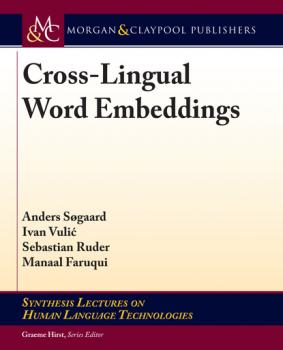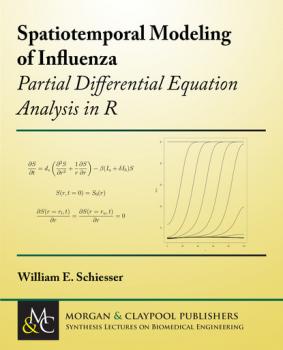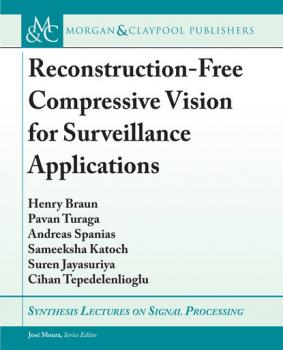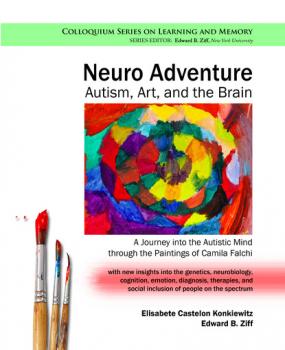ТОП просматриваемых книг сайта:
ЛИТМИР - LITMIR.BIZ - Электронная библиотека
Скачивание или чтение онлайн электронных книг.Interactive IR User Study Design, Evaluation, and Reporting - Jiqun Liu
Synthesis Lectures on Information Concepts, Retrieval, and ServicesАннотация
Информация о книге
Автор произведения Jiqun Liu
Жанр Программы
Серия Synthesis Lectures on Information Concepts, Retrieval, and Services
Аннотация
Maple is a comprehensive symbolic mathematics application which is well suited for demonstrating physical science topics and solving associated problems. Because Maple is such a rich application, it has a somewhat steep learning curve. Most existing texts concentrate on mathematics; the Maple help facility is too detailed and lacks physical science examples, many Maple-related websites are out of date giving readers information on older Maple versions. This book records the author's journey of discovery; he was familiar with SMath but not with Maple and set out to learn the more advanced application. It leads readers through the basic Maple features with physical science worked examples, giving them a firm base on which to build if more complex features interest them.
Network Topology and Fault-Tolerant Consensus - Dimitris Sakavalas
Synthesis Lectures on Distributed Computing TheorySpatiotemporal Modeling of Influenza - William E. Schiesser
Synthesis Lectures on Biomedical EngineeringReconstruction-Free Compressive Vision for Surveillance Applications - Pavan Turaga
Synthesis Lectures on Signal ProcessingOntology Engineering - Elisa F. Kendall
Synthesis Lectures on the Semantic Web: Theory and TechnologyАннотация
Ontologies have become increasingly important as the use of knowledge graphs, machine learning, natural language processing (NLP), and the amount of data generated on a daily basis has exploded. As of 2014, 90% of the data in the digital universe was generated in the two years prior, and the volume of data was projected to grow from 3.2 zettabytes to 40 zettabytes in the next six years. The very real issues that government, research, and commercial organizations are facing in order to sift through this amount of information to support decision-making alone mandate increasing automation. Yet, the data profiling, NLP, and learning algorithms that are ground-zero for data integration, manipulation, and search provide less than satisfactory results unless they utilize terms with unambiguous semantics, such as those found in ontologies and well-formed rule sets. Ontologies can provide a rich «schema» for the knowledge graphs underlying these technologies as well as the terminological and semantic basis for dramatic improvements in results. Many ontology projects fail, however, due at least in part to a lack of discipline in the development process. This book, motivated by the Ontology 101 tutorial given for many years at what was originally the Semantic Technology Conference (SemTech) and then later from a semester-long university class, is designed to provide the foundations for ontology engineering. The book can serve as a course textbook or a primer for all those interested in ontologies.
Информация о книге
Автор произведения Elisa F. Kendall
Жанр Программы
Серия Synthesis Lectures on the Semantic Web: Theory and Technology
Аннотация
This book provides an introduction to topological matter with a focus on insulating bulk systems. A number of prerequisite concepts and tools are first laid out, including the notion of symmetry transformations, the band theory of semiconductors and aspects of electronic transport. The main part of the book discusses realistic models for both time-reversal-preserving and -violating topological insulators, as well as their characteristic responses to external perturbations. Special emphasis is given to the study of the anomalous electric, thermal, and thermoelectric transport properties, the theory of orbital magnetisation, and the polar Kerr effect. The topological models studied throughout this book become unified and generalised by means of the tenfold topological-classification framework and the respective systematic construction of topological invariants. This approach is further extended to topological superconductors and topological semimetals. This book covers a wide range of topics and aims at the transparent presentation of the technical aspects involved. For this purpose, homework problems are also provided in dedicated Hands-on sections. Given its structure and the required background level of the reader, this book is particularly recommended for graduate students or researchers who are new to the field.










